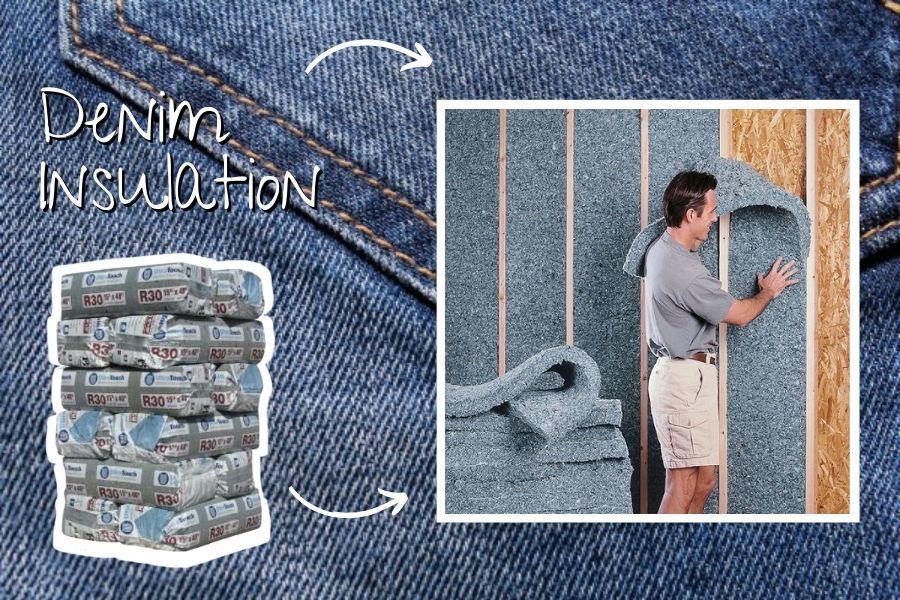Last updated on
Discover the straightforward steps you need to properly recycle your old license plates and ensure they’re processed responsibly.
Key takeaways:
- License plates are made of aluminum or steel.
- Remove decals and stickers before recycling.
- Check with the DMV for plate return instructions.
- Use online resources or scrap yards to find recycling centers.
- Proper disposal reduces environmental pollution and conserves resources.
Understanding License Plate Materials
License plates are predominantly made of aluminum, which boasts durability and resistance to corrosion. This material choice ensures that plates remain legible throughout years of exposure to the elements. On occasion, some license plates may be made from steel, particularly in older or specialty plates. Both metals are recyclable, but their recycling processes differ slightly due to their unique properties.
To facilitate the recycling process, plates often receive a reflective coating and paint. This layer must be removed before the metal recycling can occur, as it could contaminate the recycling batch. While this might seem like a challenge, most modern recycling facilities have the capacity to handle this with ease.
It’s crucial to understand that the decals and stickers affixed to a license plate are usually not recyclable, so they should be removed prior to recycling. The adhesives and materials in the decals can interfere with the purity of the recycled metal batch.
Remember, the proper preparation of a license plate for recycling not only aids in efficient material recovery but also in the conservation of resources, reducing the need to mine and refine new aluminum or steel.
Local DMV Return Policy
Check with your Department of Motor Vehicles (DMV) first, as regulations differ across states and countries. Some require you to return old plates when transferring vehicle ownership or when your registration expires. Others may ask you to recycle them independently. It’s crucial to abide by these regional rules to avoid potential fines or misunderstandings with vehicle registration records.
Here are key steps for DMV plate return:
- Visit your local DMV website or office for specific instructions on license plate disposal.
- If plate return is mandatory, ensure you have all necessary documents ready, such as registration forms or identification.
- Follow the procedure for surrendering plates, which may include mailing them to a specified address or dropping them off in person.
- Obtain a receipt or confirmation of surrender to keep for your records, safeguarding against any future liabilities related to the license plate.
Understanding the local DMV’s policy is the cornerstone of recycling license plates responsibly and legally.
Finding a Recycling Center
Navigating the maze of local recycling options can be straightforward with a few simple strategies:
- Use online resources: Earth911.com provides a recyclability search tool where entering your ZIP code can guide you to nearby facilities capable of handling metal materials from license plates.
- Call ahead: Not all centers accept license plates due to the paint and reflective coatings. A quick phone call can save you a trip and ensure that your items will be processed appropriately.
- Consider scrap metal dealers: Some scrap yards will accept license plates as part of their metal recycling program. They may even offer you a small payment for the metal value.
- Municipal recycling programs: Some cities include special drop-off events or have specific guidelines for metals recycling. Check your local government’s website for details.
- Strategic drop-offs: When you’re already heading out to recycle other materials, take your old plates along. Combining tasks maximizes efficiency and lowers your carbon footprint.
- Reach out to local artists or DIY enthusiasts: Often, they can repurpose old plates into artwork or decoration, keeping them out of the landfill altogether.
Remember to remove all stickers and personal information from your license plates before recycling, as a matter of privacy and to simplify the recycling process.
Environmental Impact of Proper Disposal
The appropriate disposal of old license plates is more than just a matter of legal compliance; it plays a significant role in environmental conservation. License plates are typically made from aluminum, which is highly recyclable. Recycling this metal conserves natural resources by reducing the demand for virgin materials, which, in turn, decreases greenhouse gas emissions from the production processes.
Moreover, when license plates find their way to landfills, they contribute to environmental pollution. As they degrade, potentially harmful substances may leach into the soil, contaminating both soil and water sources. By ensuring that these plates are recycled, we prevent heavy metals and other pollutants from entering the ecosystem.
Recycling also helps conserve energy. The process of recycling aluminum uses about 95% less energy than producing new aluminum from bauxite ore. This energy savings translates to a reduction in carbon footprint and a meaningful step toward combating climate change.
Through responsible recycling, each individual can contribute to a loop of sustainability that reduces waste, curtails environmental pollution, and fosters a healthier planet for future generations.
State Regulations On License Plate Disposal
Before you toss old plates into the recycling bin, it’s crucial to recognize that many states have specific guidelines for disposing of them. The reasons vary from fraud prevention to controlling the use of expired plates. Compliance with these regulations helps you avoid potential legal complications.
Cancellation Procedure: In some states, you may be required to cancel your license plate officially with the DMV before disposal.
Defacement Requirement: Other states mandate that you deface the plates, making them unreadable, to prevent illegal use on other vehicles.
Return Mandate: Certain jurisdictions require that plates be returned to the DMV for accountability and recycling purposes.
Transfer Laws: Understanding if your state allows the transfer of plates to a new vehicle is also important—this can affect how you handle your old plates.
Always check with your state’s DMV or relevant vehicle registration authority to confirm the exact steps to take, thereby ensuring that your disposal method is both legal and environmentally sound.
Related reading:
Table of Contents


